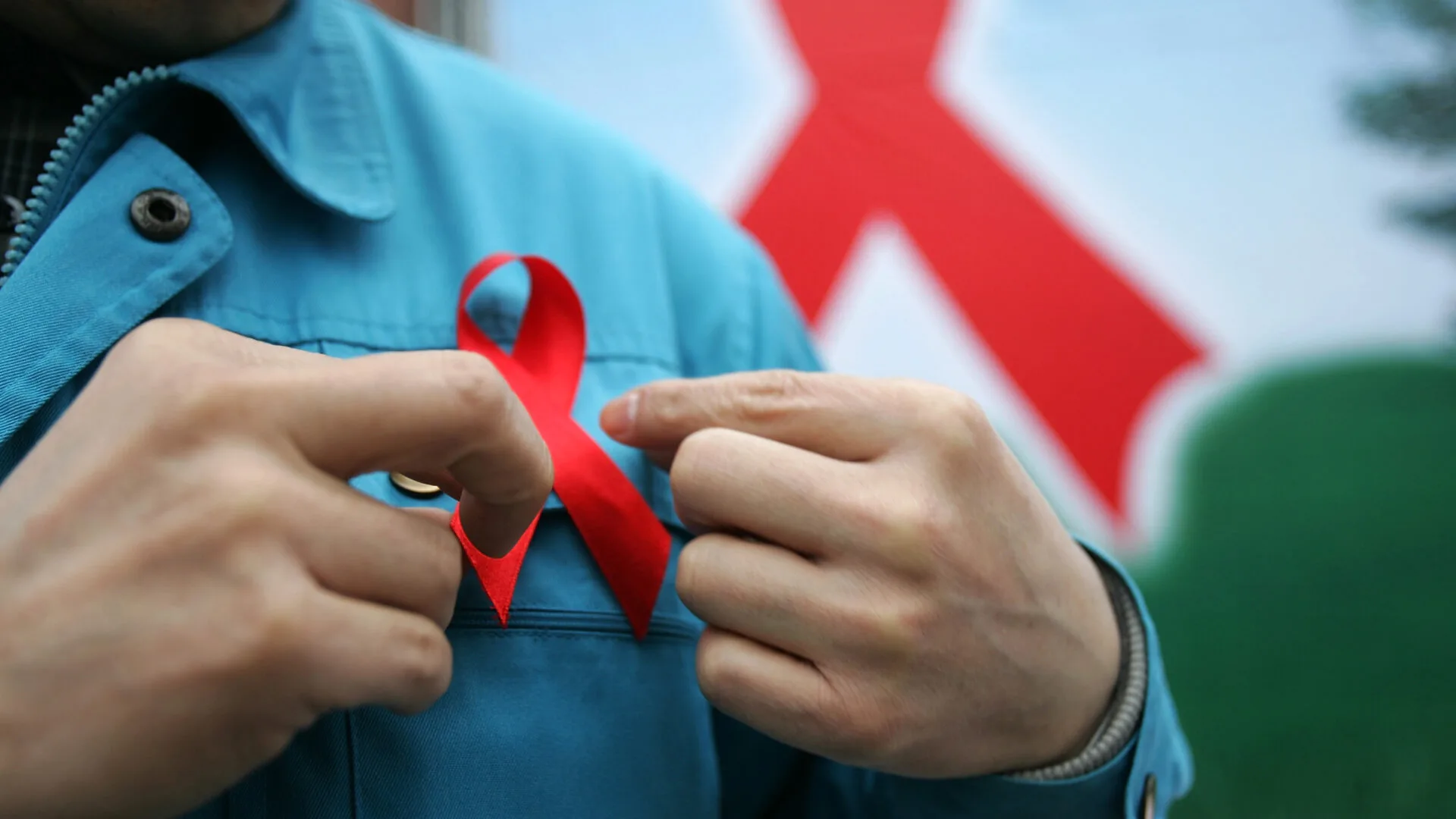Up to 10.8 million more people could be infected with HIV globally by 2030 as a result of aid cuts made by Donald Trump and Keir Starmer.
Modelling published in the Lancet HIV medical journal on 26 March says that a decade of progress in the fight against HIV and AIDS could be lost, unless the funding can be found elsewhere.
If the cuts continue as planned, new infections and deaths caused by the virus could return to levels last seen in the early 2000s – with up to 2.9 million more people expected to die of HIV-related illnesses.
The HIV/AIDS epidemic still kills around one person per minute, and international funding has been crucial in reducing new transmissions and deaths since it began.
And yet the US, UK, France, Germany and the Netherlands have all announced cuts, which campaigners warned will have “devastating consequences” given that these five countries account for over 90% of international HIV funding.
In February, the UK said it will slash 40% of its budget – equivalent to six billion pounds – from 2027.
This follows the US putting an almost-immediate halt on most spending, which threw the future of its flagship anti-HIV programme PEPFAR into uncertainty.
PEPFAR has been hailed as a cornerstone in the global fight against HIV, and is the largest commitment by any nation to address a single disease in history.
But with cuts to it and similar programmes focused on ending the epidemic for once and for all, whether or not the government can end new cases of HIV by 2030 as promised remains unclear.



















